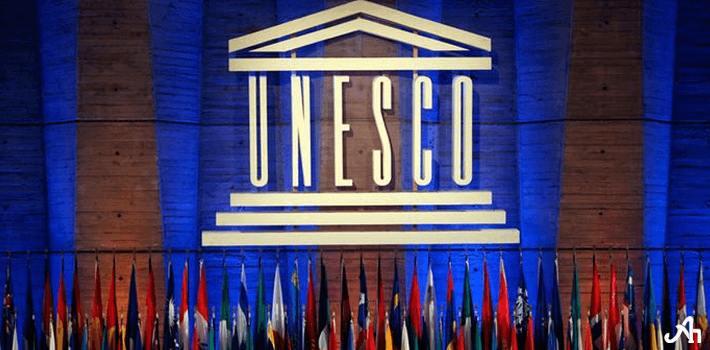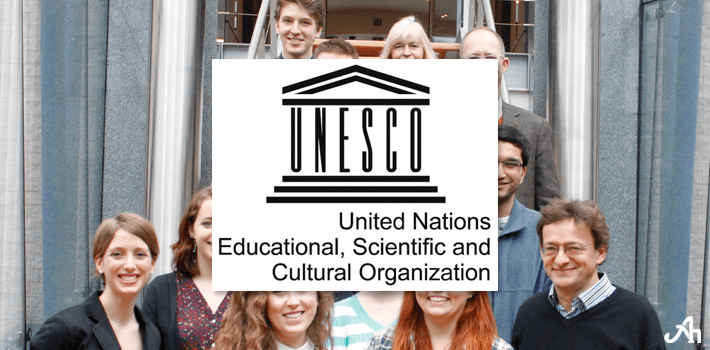The United Nations Educational Scientific and Cultural Organization (UNESCO) started a global movement that was directed towards providing education and learning needs of children as well as youth and adults by the year 2015. UNESCO started this movement with a noble mission in mind to provide teaching for all so that the quality of human life is improved along with achieving the goals of human development. This movement is also synonymous with The United Nations Children’s Fund’s (UNICEF) Millennium Development Goal which was aimed at providing primary education to children Since we are already in the year 2015 it is time to evaluate if this movement was successful or a failed endeavor.
The number of children that do not get their basic rights to education remains high as well as the number of school dropouts. Countries like Africa and Asia are far behind in achieving their educational goals despite these bitter truths UNICEF published certain facts claiming that the United Nations has been quite successful in achieving many of these goals and the claimed progress is quite surprising which seems to be quite the opposite to reality. UNICEF stated that the progress in getting all children into school has been very slow. Among the children who get school admission, 25% drop out of school without even completing the primary years of education. The school dropout rate is found to be the highest in Sub-Saharan Africa followed by Asia. Another interesting fact is that the dropout rate is highest for girls. This movement aimed at eradicating gender differences and providing equal educational rights to boys and girls. It also focused on the promotion of early childhood education. The EFA movement also focused on addressing underlying causes for the lack of education such as poverty, etc.

The United Nations failed to fulfill its promises and achieve the set goals by the year 2015. Since it is a global issue the United Nations need to address this problem at a larger scale and with new approaches. A new report is now being formulated on Fixing broken promises which focus primarily on the promotion of education from this year onwards. It is now all set to mend broken promises.
FAQs
The UNESCO's Education for All (EFA) Movement is a global initiative aimed at providing access to quality education for all children, youth, and adults by the year 2015. It seeks to improve human development outcomes and reduce educational disparities worldwide.
The goals of the EFA Movement included achieving universal primary education, promoting gender equality in education, improving adult literacy rates, enhancing the quality of education, and expanding access to early childhood education.
While progress has been made in certain areas, such as increasing enrollment rates and improving literacy, significant challenges remain. Dropout rates, particularly in regions like Sub-Saharan Africa and Asia, continue to be high, and gender disparities in education persist.
Challenges facing the EFA Movement include poverty, inadequate infrastructure, cultural barriers, lack of trained teachers, and insufficient funding. Addressing these challenges requires coordinated efforts from governments, international organizations, and civil society.
The EFA Movement aims to promote gender equality in education by ensuring equal access to education for both boys and girls, eliminating gender-based discrimination in schools, and providing support for girls' education, particularly in regions where they are disproportionately affected by dropout rates.


